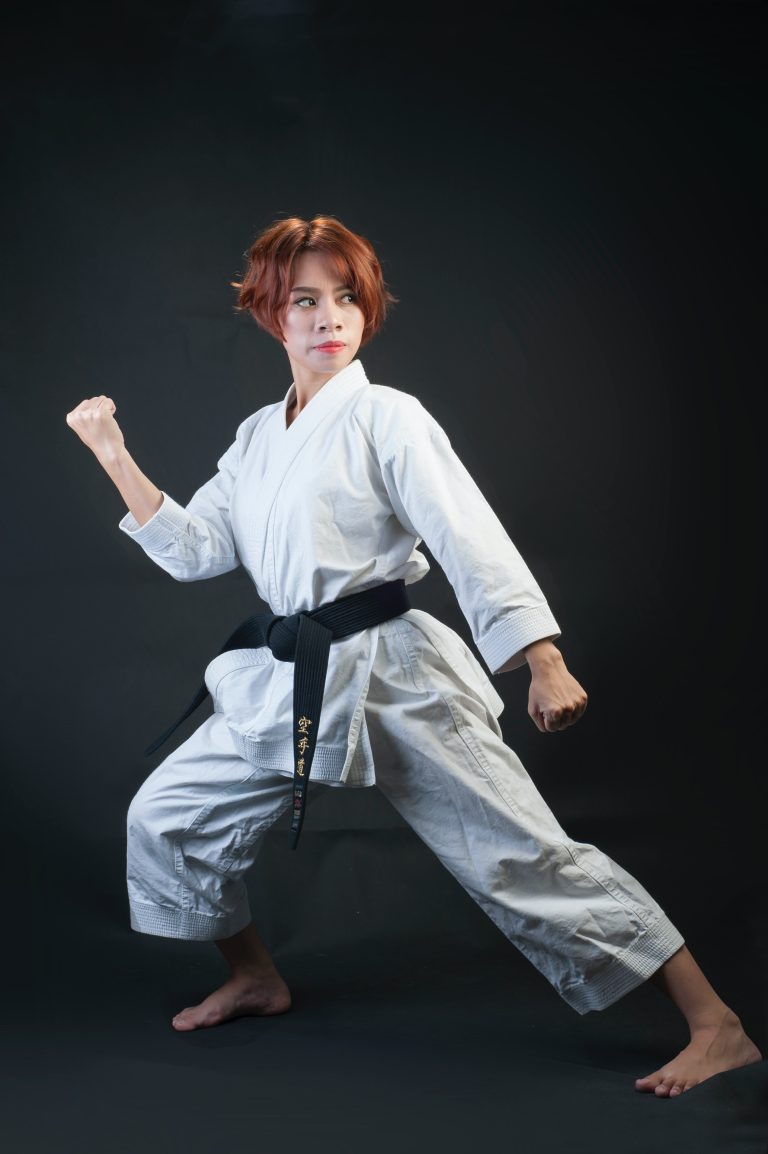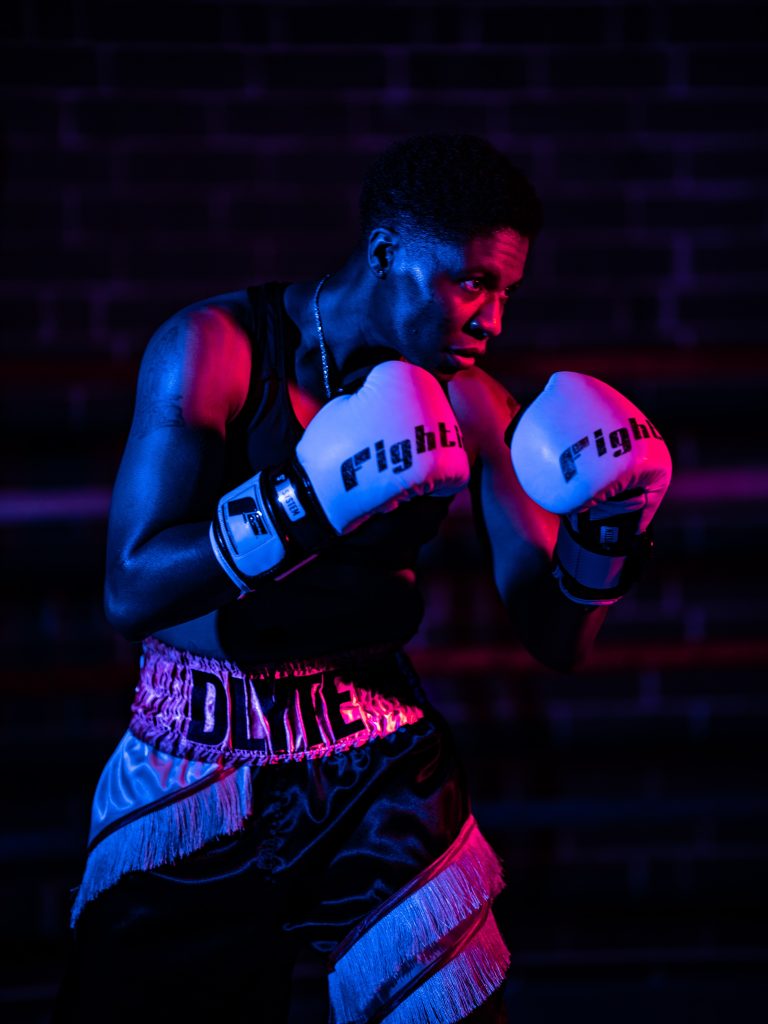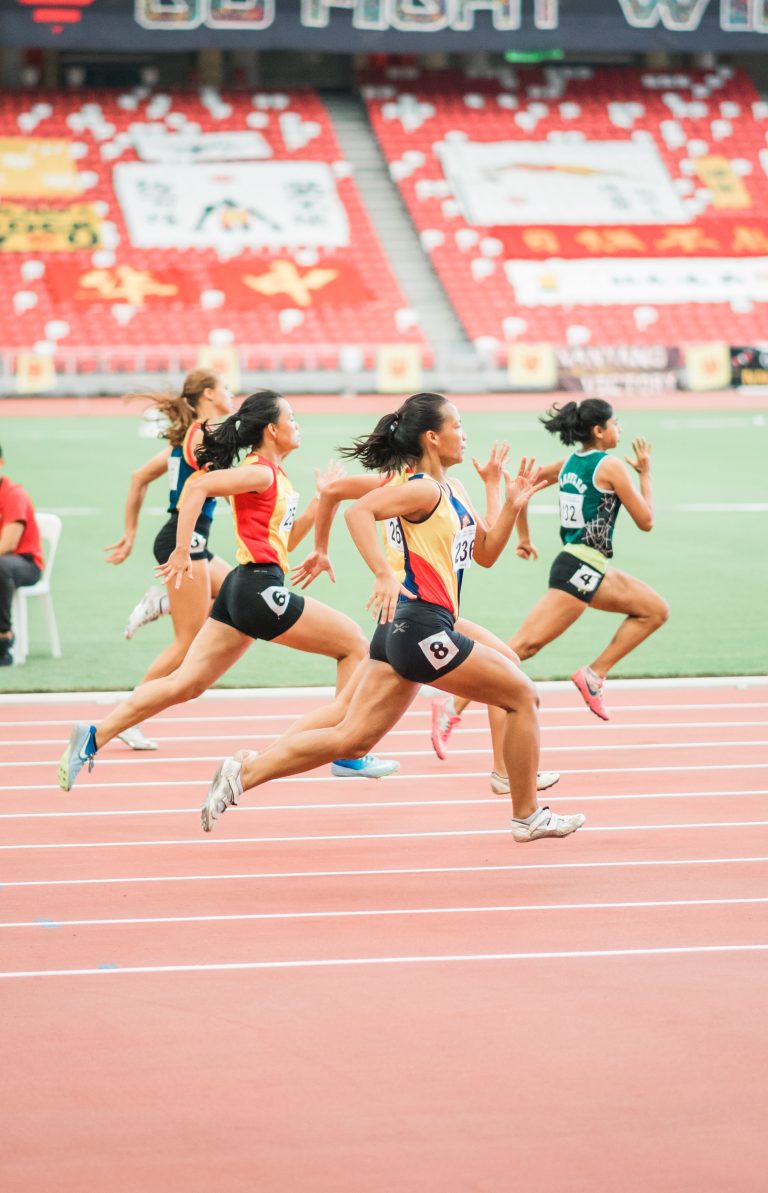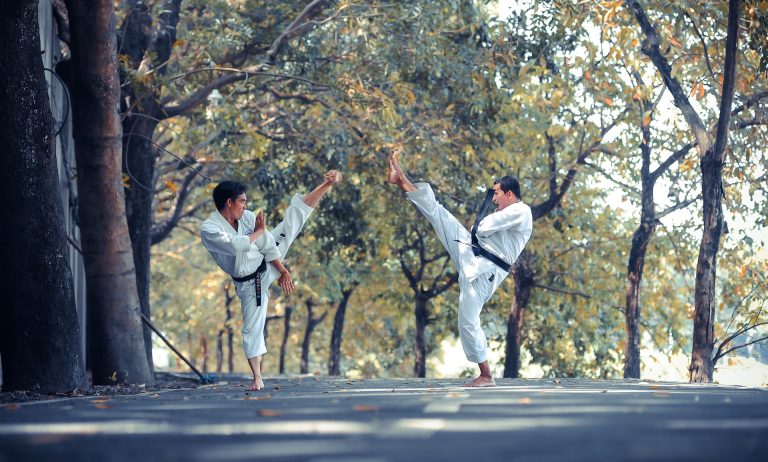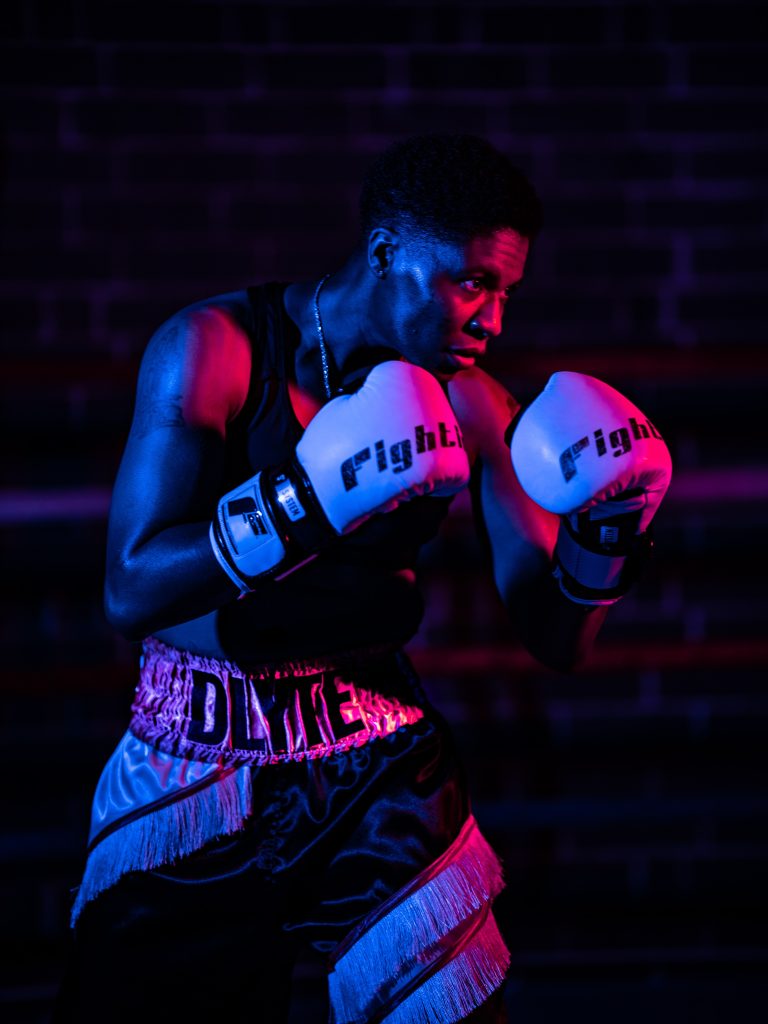Karate: What Is Its Origin, History, and Techniques?
Karate is a martial art with a lengthy history and diverse range of techniques, offering practitioners a holistic approach to self-defense that is as much about building character as it is about defending oneself. Across centuries, Karate has achieved a lasting place among the most popular martial arts in the world. So, what exactly is the history of Karate and its many techniques? This blog post looks at the origin, history, and various arts of Karate.
What is Karate?
At its core, Karate is a form of unarmed, self-defense martial art. Though its appearance has evolved over centuries, its essence remains the same – to “empty one’s hands” and improve both one’s physical and mental strength. Founded on philosophical and spiritual principles rather than simple self-defense or aggression, Karate’s main ambition was to provide its practitioners with a means of self-realization, both mentally and physically.
Karate is derived from martial arts that developed in Ryukyu Kingdom (now Okinawa Prefecture) located in the south of Japan. The literal translation of the word “Karate” is “empty hand”, reflecting the unarmed nature of the practice. It was originally developed mainly as a means of self-defense against Okinawa’s more aggressive neighboring nations. Over time it evolved into multiple different styles and sub-styles with different methods and philosophies, each focusing on building character and skills differently.
History of Karate
Karate’s roots reach back to the 5th century AD, during the time of the dynastic expansion from China. Martial arts from China played a major role in shaping these native Okinawan fighting styles. As foreign aggression increased, local Okinawans adapted as needed and developed these martial arts further. By the 17th century, three main styles had formed – Shuri-Te, Naha-Te, and Tomari-Te.
Modern Karate began to form in the 19th century due to increased contact between Okinawa and Japan’s mainland by way of trade and immigration. The major figure of this period was Gichin Funakoshi, who is considered the father of modern Karate. He perfected and codified Shuri-Te, fused it with platform training from China, then brought it with him to Japan. He founded Shotokan Karate, the first style to be practiced for sport and hobby.
Karate later spread around the world in the mid-20th century, gaining popularity especially after World War II. Master Masatoshi Nakayama expanded on Funakoshi’s legacy and practiced around the world. His “Karate-Do Kyohan” book also helped to further spread modern Karate throughout Japan and other countries.
The Art of Karate
Karate comprises a range of techniques (called “waza” in Japanese). Although there are different styles of Karate, they all share common elements. These include striking (punches and kicks), blocking, parrying, evading, grappling and joint locks.
Kihon: Basics
Kihon are basic techniques that are used as a foundation for all subsequent skill development in karate. It consists of repeated drills of fundamental movements like stances, blocks, punches, kicks, foot thrusts and more. Kihon helps to develop posture, timing and coordination as well as define what kinds of techniques may be used when performing kata and kumite.
Kata: Forms
Kata (forms) are predetermined movements that simulate realistic imaginary combat scenarios. Each kata comprises multiple variations of techniques such as punches, kicks, throws and joint locks. Practitioners attempt to move through these predetermined movements in a smooth and focused way that combines both power and grace.
Kumite: Fighting
In Kumite (sparring or fighting) practitioners pair up to test their skills against each other in controlled combat. Traditional Karate Kumite follows specific rules designed to keep both participants safe while also allowing practitioners to move freely without compromising technique.
In addition to these three main arts – Kihon (basic movements), Kata (forms), and Kumite (fighting) – there are also non-martial arts related aspects in Karate. These include etiquette, stretching exercises (hojo undo), meditation (zazen) for mental training and learning about philosophy.
Conclusion
Karate is a centuries-old form of unarmed self-defense that encourages spiritual growth as much as personal protection. It blends elements from both China and Japan as well as philosophical principles that enable adepts to develop their personal strength both mentally and physically. The unique practice of Karate blends Kihon (basic movements), Kata (forms), Kumite (sparring or free fighting), stretching exercises, meditation (zazen), philosophy, and etiquette.
For people interested in learning more about this powerful martial art form, there many schools across the world that offer courses in both classical and modern styles of Karate. Whether it be for physical fitness or self-defense, or simply just to build character, these programs can serve as a foundation to learn this ancient art.
Karate: What Is Its Origin, History, and Techniques?
Karate is a Japanese martial art that has gained worldwide recognition for its discipline, techniques, and aesthetic appeal. It is a dynamic and powerful art form that traces its roots back to ancient China and has undergone many changes over the centuries. In this article, we will explore the rich history of Karate and its techniques while answering some of the most frequently asked questions about it.
What Is the Origin of Karate?
Karate originated in the Ryukyu Islands, which are located southwest of Japan in the East China Sea. The Ryukyu Kingdom, which existed from the 15th to the 19th century, was the birthplace of many martial arts, including Karate. At the time, Karate was known as „Te,“ which means „hand“ in Okinawan. It was a form of self-defense that was designed to protect against armed attackers.
Over time, Karate evolved and incorporated techniques from other martial arts, including Chinese Kung Fu. It wasn’t until the early 20th century that Karate made its way to mainland Japan and began to gain popularity. In 1922, the Japanese Ministry of Education held a martial arts exhibition that included Karate, which helped to increase its visibility and popularity in Japan.
What Are the Different Styles of Karate?
There are several different styles of Karate, each with its own unique techniques and philosophy. Some of the most popular styles include Shotokan, Goju-ryu, Wado-ryu, and Shito-ryu.
Shotokan is one of the most widely practiced styles of Karate and is known for its precise and powerful techniques. It was founded by Gichin Funakoshi, who was one of the pioneers of Karate and is credited with bringing it to mainland Japan.
Goju-ryu is another popular style of Karate and is known for its combination of hard and soft techniques. It was founded by Chojun Miyagi and is based on the principles of Chinese Kung Fu.
Wado-ryu is a more recent style of Karate that was founded by Hironori Ohtsuka in the 1930s. It incorporates elements of Jujutsu, which is a Japanese martial art that focuses on grappling and throwing techniques.
Shito-ryu is a style of Karate that was founded by Kenwa Mabuni and incorporates techniques from both Shotokan and Goju-ryu. It is known for its emphasis on kata, which are pre-arranged sequences of movements that are used for training and competition.
What Are the Basic Techniques of Karate?
Karate involves a variety of techniques, including strikes, kicks, blocks, and throws. Here are some of the most basic techniques:
- Strikes: Karate strikes can be performed with the hand, elbow, or foot. The most common strikes include the straight punch, the knife-hand strike, and the backfist.
- Kicks: Karate kicks can be performed with the front foot, back foot, or both. Common kicks include the front kick, roundhouse kick, and side kick.
- Blocks: Karate blocks are used to deflect and neutralize incoming attacks. Common blocks include the high block, middle block, and low block.
- Throws: Karate throws are used to take an opponent down to the ground. Common throws include the hip throw, shoulder throw, and arm throw.
What Are the Benefits of Practicing Karate?
There are many benefits to practicing Karate, both physical and mental. Here are some of the most commonly cited benefits:
- Improved physical fitness: Karate involves a lot of movement and can provide a great cardiovascular workout, as well as improve strength, flexibility, and overall fitness.
- Self-defense skills: Karate is a form of self-defense and can teach individuals how to protect themselves in dangerous situations.
- Improved focus and discipline: Karate requires a lot of mental discipline and can help individuals improve their focus, concentration, and self-control.
- Increased confidence: Learning Karate and improving one’s skills can lead to increased confidence and self-esteem.
Conclusion
Karate is a rich and complex martial art with a fascinating history and technique. It has evolved over the centuries and has many different styles, each with its own unique philosophy and approach. Whether you are interested in self-defense, physical fitness, or mental discipline, Karate has something to offer. With its precise techniques and powerful movements, it is both an art form and a highly effective means of self-defense.
Inhaltsverzeichnis

